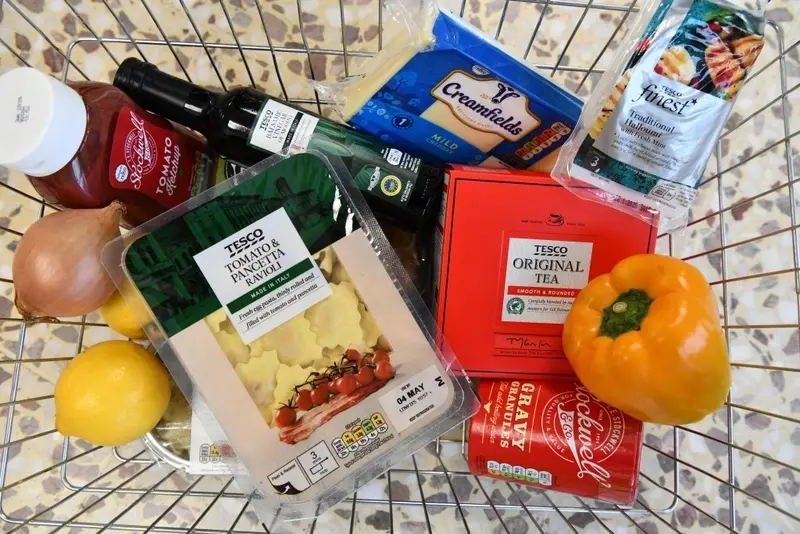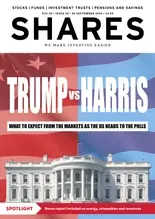
Shares in the UK's biggest supermarket chain Tesco (TSCO) fell 2.8% to 225p after the firm reported strong sales for the year to the end of February but a 20% drop in profits as costs rose during the pandemic.
SALES UP, PROFITS DOWN
Group sales excluding fuel were up 7% to a record £53.4 billion, with sales in the UK and Ireland surging 8.6% to £48.8 billion as the firm grabbed market share with its Aldi Price Match and Clubcard Price schemes.
Online sales jumped 77% to a record £6.3 billion as the grocer doubled its delivery slots to 1.5 million slots per week, and the handling time for online orders was reduced to just eight minutes.
However, pre-tax profits fell 19.7% from £1.03 billion to £825 million as the firm absorbed £892 million of exceptional costs specifically related to the impact of Covid on the business.
The Booker business saw like-for-like sales dip 0.8% which was a highly creditable performance given a 40% drop in sales to the catering sector as lockdown forced bars and restaurants to close.
Meanwhile, Tesco Bank posted an operating loss of £175 million as customers accumulated savings and reduced their borrowings, reducing net interest income, leading to a £295 million impairment for lost future cash flows and a potential rise in bad debts.
DIVIDEND MAINTAINED
Chief executive Ken Murphy said he was pleased with the firm’s sales performance, as well as the step-change in customers’ perceptions of the Tesco brand in terms of quality and value, but acknowledged that as a low-margin business in a mature market his focus was ‘relentlessly’ on improving cash generation and driving down costs.
Cash inflows were boosted by the sale of Tesco’s Asian business last year for £8.2 billion, of which £5 billion was returned to shareholders through a special dividend and £2.5 billion went to shore up the pension deficit.
The firm maintained its full year dividend of 9.15p per share with a final payment of 5.95p to reflect ‘the importance the Board places on dividends paid to shareholders and its confidence in future cash flows’.




